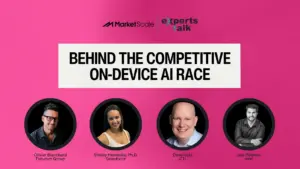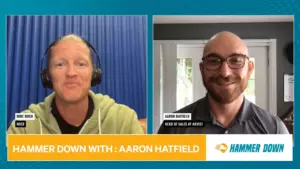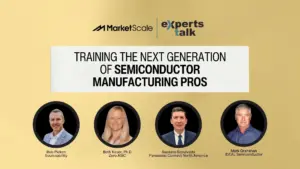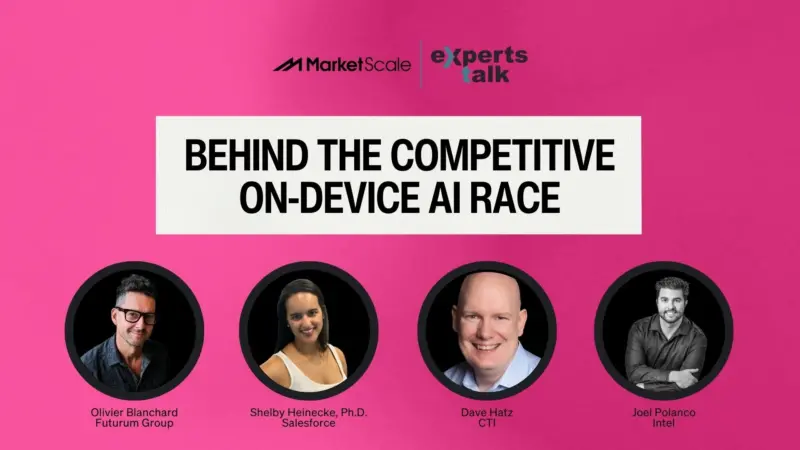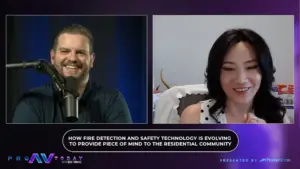Improving AI Camera Technology
Artificial intelligence is integrating into our daily lives more each day. Robot-assisted surgeries, detecting fraud, and administrative workflow are just a few examples. Mike Philpott, Partner Sales Development Manager at Intel, and Natalia Simanovsky, Head of Partnerships at CVEDIA, discussed AI applications and the two companies’ partnership.
Among businesses hoping to use AI, there is a massive shortage of professionals in the field. Finding people with the proper data science and machine learning skills is incredibly challenging. CVEDIA is an AI solutions provider. “We provide video analytics that are all based on computer, mainly computer vision and then some other non-AI components. What we basically do, or the value we derive for our customers, we help improve their products already in the field,” said Simanovsky. Customers typically come to CVEDIA for help amending or updating a solution. They usually have problems with their product, which may have AI in them already or could be improved with AI. CVEDIA enhances the performance of the features.
“We’ve been working together for six to nine months. One of the solutions that springs to my mind is on the smart city side of things,” said Philpott. A recent Intel and CVEDIA project is improving cameras at thousands of intersections. The cameras are mainly in the US, with some in the UK and Europe. The cameras control traffic flow, triggering appropriate light changes and pedestrian crossings. Initially, the cameras used classical machine vision, so there was plenty of room for improvement. The solution created by Intel and CVEDIA offers more accurate and nuanced solutions, including 3D bounding boxes. It ultimately leads to more robust insight, broader operations, and applications. “Now their solution works in the nighttime as well as the daytime,” said Simanovsky.
CVEDIA is consistently improving upon clients’ solutions as an initial inquiry and helping them grow and expand offerings. The relationships are ever evolving. “Internally, we call it an ‘improve and expand switch.’ We improve their current solution, and then once we have their trust, they come back, and it’s time to think of next-generation features. Which then keeps them in an incumbent position in the market,” said Simanovsky. “It shows just how exciting the world of AI is,” said Philpott.
Listen to the entire episode for more use cases from the Intel and CVEDIA partnership. Follow Simanovsky and Philpott on LinkedIn to keep up with the latest innovations from the partnership. Explore the suite of Intel’s AI solutions here. Subscribe to this series on Apple Podcasts, Spotify, and Google Podcasts to hear more from Intel’s Optimising the Future.


